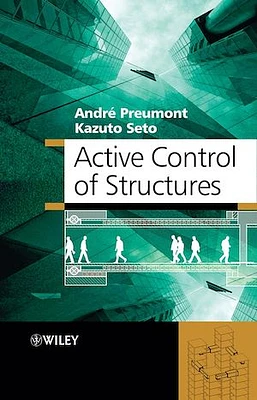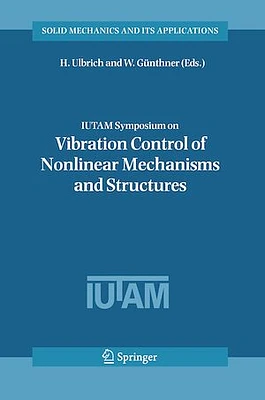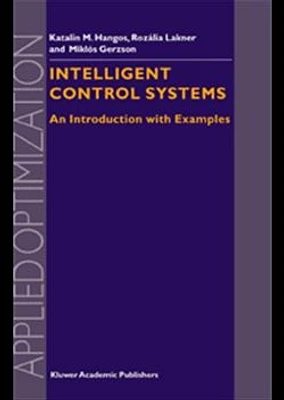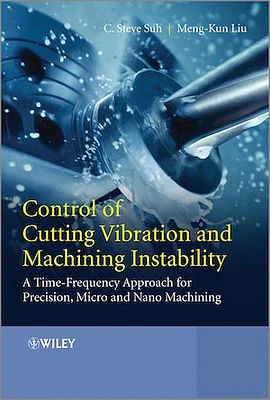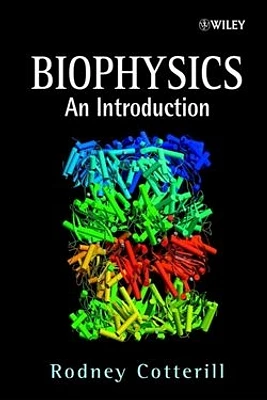Accueil
Vibration Control of Active Structures. Second Edition. An Introduction
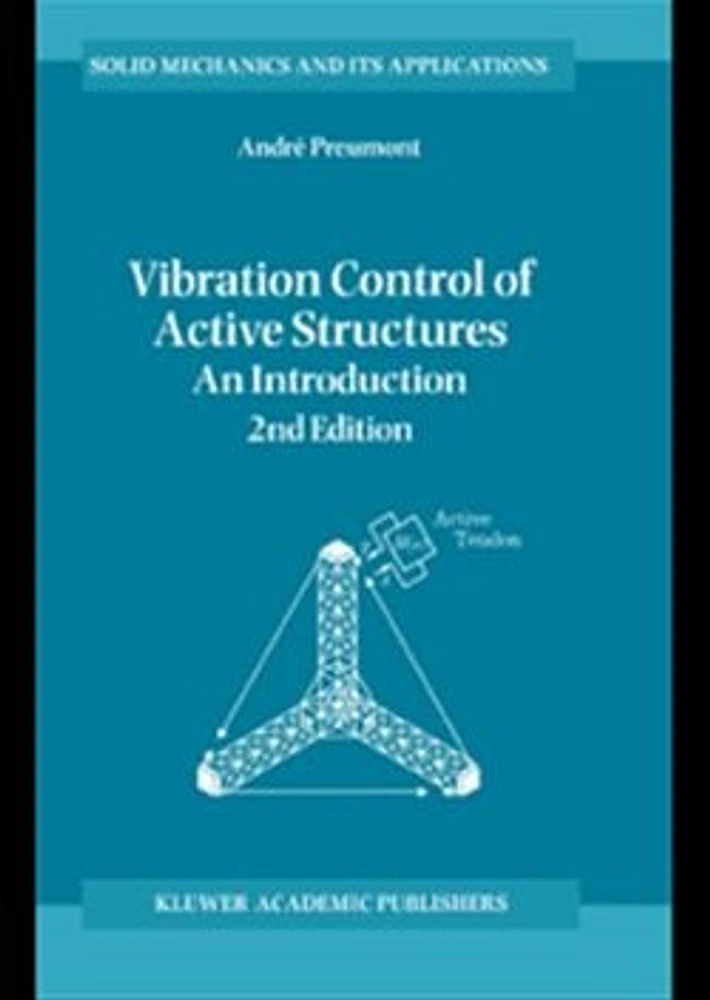
LIBRAIRIE CARCAJOU
Vibration Control of Active Structures. Second Edition. An Introduction
De Librairie Carcajou
This text is an introduction to the dynamics of active structures and to the feedback control of lightly damped flexible structures; the emphasis is placed on basic issues and simple control strategies that work.
This book consists of 14 chapters. Chapters 2 and 3 are devoted to the dynamics of active structures; the open loop transfer functions are derived from the constitutive equations; the discussion includes active trusses with piezoelectric struts, and beams and shells with embedded laminar piezoelectric actuators and sensors. Chapters 4 and 5 discuss the virtues of collocated actuator/sensor configurations and how they can be exploited to develop active damping with guaranteed stability. Chapter 6 addresses vibration isolation for one and 6 d.o.f.. Chapter 7 discusses optimal control for SISO systems with symmetric root locus. Chapter 8 discusses the design tradeoffs for SISO systems in the frequency domain, including the Bode amplitude/phase relationship. Chapter 9 provides a more general discussion of optimal control using of optimal control using the Riccati equation; spillover is examined. Chapters 10 and 11 review briefly the concepts of controllability, observability and stability. Chapter 12 discusses the semi-active control, including some materials on magneto-rheological fluids. Chapter 13 describes various practical applications to active damping, precision positioning and vibroacoustics, and chapter 14 discusses the active damping of cable- structures.
This book is intended for structural engineers who want to acquire some background in vibration control; it can be used as a textbook for a graduate course on vibration control or active structures. The text is supplemented with 113 problems; a solutions manual is available through the publisher to teachers using this book as a textbook.




